DOM NAD WISŁOKIEM
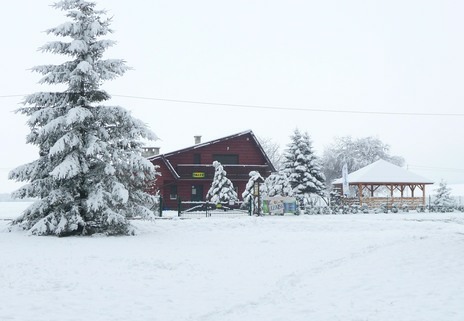

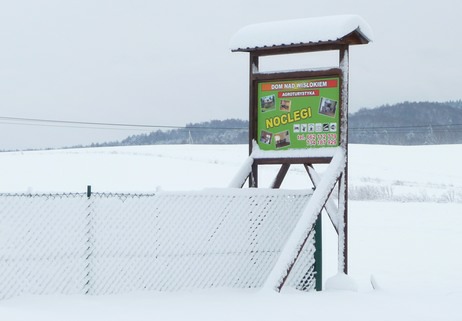

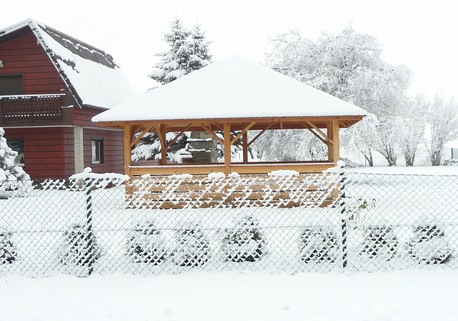
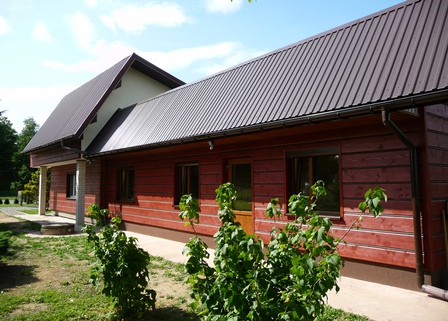


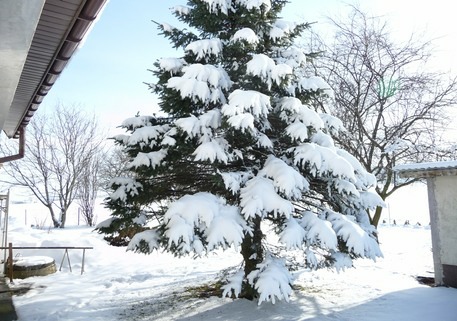








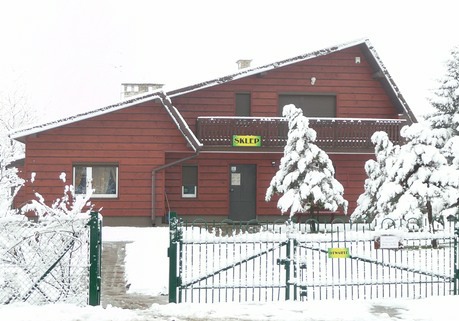

ul. Kardynała Karola Wojtyły 19 38-





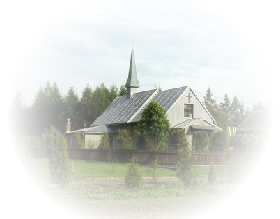

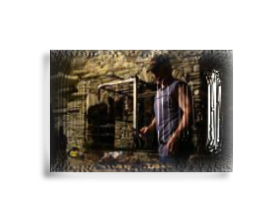

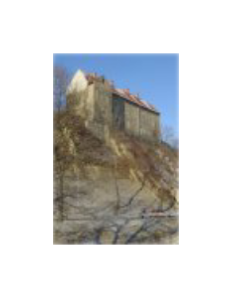
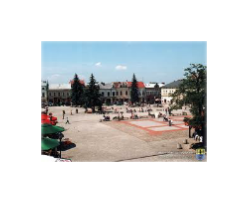
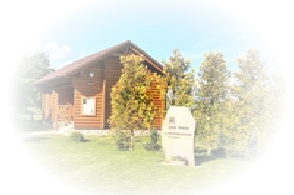


The Low Beskids is a range of the Carpathians lying between the Łupkowska Pass in the east and Tylicka in the west. It is the lowest, and at the same time the most extensive part of the Beskids and the entire arc of the Carpathians. The Low Beskids borders on the eastern side with the Bieszczady Mountains, and on the northern side with the Bukowski Foothills. Its southern part passes into the border zone with Slovakia. The highest peak is Mount Lackowa 997 m above sea level. The most important rivers flowing in these areas are: Osławica, Wisłok, Jasiołka, Ropa. A tourist who is located in the area of the Low Beskids can choose from various forms of active tourism. On the many walking routes it is possible to meet the rich flora and fauna. Here lies the Magura National Park. The Low Beskids has a very rich and interesting history, incl. the oil industry was born here. There are beautiful Orthodox churches in the Lemkos who were displaced from here in 1947. You can follow in the footsteps of Aleksander Fredro and Fr. Cardinal Karol Wojtyła See the Beskid museums. Taste the mineral waters found in Rymanów Zdrój. Iwonicz Zdrój and Rudawka Rymanowska. Low Beskid is also interesting when we look at it from the saddle. There are designated horse trails. In winter, there are ski slopes and designated cross-
Lemko tribe. Low Beskids are the lowest mountain range in the Carpathians. From the fourteenth century to 1947 it was inhabited by the Lemkos, an ethnic group that developed from the shepherd tribes of the Wallachians. The Wallachians came here from the southern part of the Carpathians in search of new areas for grazing their herds of sheep, cattle and horses. The Lemkos were of the Orthodox faith, they prayed in the church. After 1596, after the so-
Pastwiska A village in the Zarszyn commune. For a short period of time in the fourteenth century, it was a separate village, but later its history is closely connected with Odrzechowa, as it was an integral part of it.
In the 1870s and at the beginning of the 20th century, part of the village of Odrzechowa and thus Pastwisk belonged to the Morawski family, but in 1931 the manor in Pastwiska was sold to the Russocki family, who stayed here until 1945. After the land reform, the Russians lost their property and entered he is a member of the National Research Institute of Animal Production.
The manor house and the chapel opposite the manor house (on the other side of the road where it is today) were destroyed during the hostilities in 1944. The chapel was rebuilt in 1949, and the linden trees around the chapel also come from that year. Only the park has survived from the former manor complex.
In a place called Gaj, where a clump of trees grows among the fields, there is a choleric cemetery from 1873.
Near the People's House there is a monument to Lieutenant František Geisler from the 2nd Czechoslovak Independent Parachute Brigade, who died on September 18, 1944 during the fighting in Pastwiska (Carpathian Dukla Operation).
In 1980, the Church of St. Józef Robotnik, for whom Pope John Paul II donated a statue of Our Lady of Fatima. This gift commemorates the journeys of the Holy Father, first as a young priest and then as a cardinal in these beautiful surroundings.
In the village, there is the seat of the Ryś Hunting Club from Rymanów in a building that was a primary school for several dozen years .
From November 21, 2000, Pastwiska has the status of a village council and now we are trying to make Pastwiska a separate village.
More information about the history of Pastwiska since its creation, along with a sketch of the village from before the Second World War https://www.pastwiska.pl/historia.html
January 1, 2013 -
Odrzechowa, the village was founded by King Władysław Jagiełło in 1419. During the Reformation, Odrzechowa was one of the most important centers of Reformation in the region. A Greek Catholic church from 1813 has been preserved in the village. Currently, it is the Roman Catholic church of st. John the Baptist. There is a Hucul horse breeding center in Odrzechowa. Hucul horses have become the showpiece of Odrzechowa. Within a few years, Odrzechowa is the second state-
Sieniawa, founded in the 15th century. First, it was part of the Sienieński estate, then the Ossoliński estate. Lemkos lived here with a small percentage of the Polish population and Jews. A World War I roller rolled through the village. There was a clash between the Russian army and Hungarian honved troops on the Wisłok river. After the Second World War, the Lemkos were displaced to the territories of the USSR. In Sieniawa you can see a wooden Orthodox church from the 19th century. In the 1970s, the Wisłok ravines were blocked by a 49 m water dam. An artificial reservoir was created, which is a source of drinking water for the health resorts of Rymanów and Iwonicz and the surrounding towns. Below the dam there is a trout farming center and the beginning of the hiking trail from Sieniawa to Besko. It runs along a very landscape section. North of Sieniawa, the small Mymoń hill deserves attention. A castle probably stood here in the 15th century. After him, the remains of the stone wall have survived.
Rymanów, a town founded under the Magdeburg Law in 1376 by prince Władysław Opolczyk. The town of Rymanów was located at the intersection of trade routes. In the 15th and 16th centuries, Rymanów received numerous privileges from Polish kings to hold markets and fairs. In the 16th century, Rymanów belonged to the Sienieński family. The stronghold also belonged to the Ossoliński and Potocki families. The latter founded a resort that is developing beautifully today, we are talking about Rymanów Zdrój. A tourist can see the following monuments; the Rymanów parish church, the church of st. Lawrence is the essence of the Baroque. Market square with frontages of tenement houses from the turn of the 19th and 20th centuries. The Potocki Manor and the Jewish synagogue. The Jewish cemetery and the Kalwaria hill, which offers a beautiful panorama of the Beskid Niski range. The modern curiosity of the city is the private glass factory Sabina. You can visit it, get acquainted with the production cycle, see an interesting glass gallery and make purchases in the company store.
Rudawka Rymanowska, the village was founded in 1589. It belonged to the Rymanów estate. It was inhabited by Lemko people. In the 16th century, there was a forge in Hamry run by a Jew, Abraham. Steel was produced from low-
Tarnawka, a village founded on the Wallachian law in 1570. In 1860 a wooden Orthodox church of the Protection of the Mother of God was erected here. It survived until 1955-
Wisłoczek, a settlement founded on the Vlach law around 1512. Wisłoczek was the seat of the Uniate parish. The oriented Orthodox Church of St. Dmitri the Martyr stood here. Inside, there were icons made by the Bogdański family from Jaśliska. In 1880, the village had 824 inhabitants. Life ran quietly until the outbreak of World War II. The Lemkos were shepherds and they also traded in wood. In 1946, they left for Ukraine, which was a republic of the Soviet Union. In 1969, Poles from Zaolzie came and settled here. There are Pentecostal denominations. There is a House of Prayer in the village. To the west of the village there is a chapel, known as the Couriers' Shrine. During World War II, the courier route "Jaga" ran alongside it. The courier route from autumn 1939 to 1944 was traveled by courier Jan Łożanski. In the eastern part of the village, you can find a waterfall, a place frequently visited by tourists who travel towards Komańcza. In Wisłoczek, you can see a cemetery with several Uniate tombstones. The village is surrounded by the Beskid Niski mountain ranges.
Puławy, in 1572 king Zygmunt August issued a location privilege allowing the establishment of a village under the Wallachian law. In 1898, 253 Greek Catholic Lemkos lived in the village. The economy of the Lemkos was based on sheep breeding. They transported wood, made shingle and linen cloth. They also produced millstones, brusks and whetstones. Many left in search of a better jobs. In the 1940s, as part of the Vistula Operation, they were displaced. Puławy was resettled in 1968-